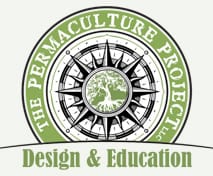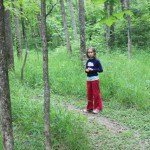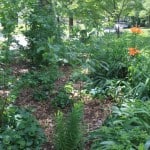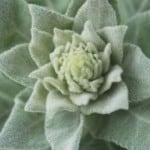Utilizing observations of natural and native plants for keys to plant species and families reveals to us a template for local plant guild design: what plants like to grow here in this soil and climate? Take a walk in a local state or national park and observe what grows with what there. Is it dense, patchy, sporadic, consistent? Is it a diverse plant environment? Has the area been compromised in any fashion? Based on our research, what is the history of the area and how has the ecosystem been altered by humans and animals? Were the native peoples that came before us active keepers of these plant biomes? What can we observe about natural plant guilds in the wild that we can use as a template for own designs? What is the importance of this kind of observation, research and study when designing and developing guilds? Are any of the plants in these natural areas applicable to our plant guild design? What are the keystone species in the area and how do we incorporate all of these observations into our landbase? What are the ecological analogs that we can mimic in our work?
The perception of plants and how they go about their business is not limited to a scientific frame of reference. There are many ways to skin a tree (or should we say, debark it?). As a point in fact, science is only one narrow manner of looking at the world around us. If we consider that there have been billions of human beings inhabiting this planet through the centuries, then our scientific worldview culture is a speck in the time frame of eons. Cultures from all over the planet perceive the plant world distinctly. The diversity of perspectives is theoretically unlimited. Why are we so joined at the hip in this modern culture to the machinations of science?
For example, in the realm of biodynamic agriculture, as developed by Rudolf Steiner in the early twentieth century, the plant world is perceived as a matrix of the four elements (earth, water, air, fire) and the metamorphosis of the plant takes place within a threefold process of dynamic development. The idea of the “four elements” coming into play here is refuted and disputed by the modern scientific purview as mere alchemy and a relic of ancient Greek and Roman culture. But why? Should hubris color our whole existence where we throw out millions of years of human evolution and devolution and think that we in this tiny fragment of time know all and be all. Explore, dig in deeply, live and breathe plants. Create plant guilds that know and do not know science. Persevere and seek out knowledge of the plant world in any way that you can, and then some. Remember, without the plant we fail to exist…



